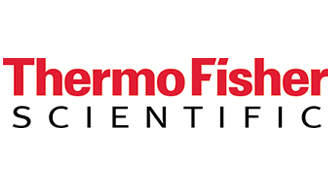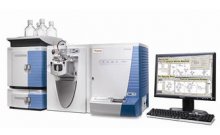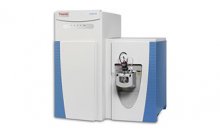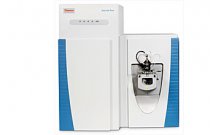GC-MS应用EPA方法8260C分析污水中的VOC
Overview
An experiment was designed to test the performance of the Thermo Scientific DSQTM 11 single quadrupole forcompliance to the quality control (QC) criteria listed in United States EPA Method 8260C for the analysis of wastewater using the Thermo Scientific FO CUSTM GC and purge and trap for sample concentration and introduction QC reports were generated using Enviro LabTM Forms 2.0.
All standards were prepared in organic-free water as specified in the 8260 Productivity Solution Standard Operation Procedure, Determining Volatile Organics in Wastewater Using the DSQ II. Approximately 100 target compounds were analyzed to determine theirlinear range, method detection limit (MDL), and accuracy and precision of analysis in the method validation (MVD) study. A split injection was made using a purge and trap adapter interface to integrate the concentrator to the GC for sample introduct ion. The mass spectrometer was operated in EI Full Scan mode.
The chromatography was optimized to provide a short run time of 11 minutes and separation of all 100 target compounds. The mass spectrometer was tuned using Target Tune to meet the mass resolution criteria for 4-bromo fluor obenzene (BFB) as specified in the EPA method. The linear range was determined to be I to 200 µg/ L with an average percent relative standard deviation (% RSD) of 6.9. The average MDL was 0.35 µg/L.
Instruments
Thermo Scientific DSQII GC/MS and FOCUS GC system
Conclusion
The Thermo Scientific DSQ II and FOCUS GC with a purge and trap concentrator were evaluated against the QC criteria for EPA Method 8260C. The results showed compliance to all QC tests, with the final compounds eluting in less than 11 minutes. A complete set of high-quality Thermo Scientific consumables is available in the Thermo Scientific 8260C Productivity Solution to guarantee excellent results. This comprehensive approach to EPA Method 8260C ensures your laboratory's success in the measurement ot precision, linearity, accuracy, and sensitivity for the analysis of wastes and wastewater according to the guidelines specified in EPA Method 8260C.




